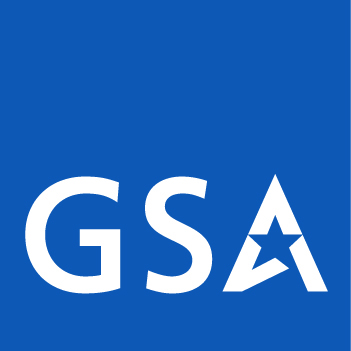Water use in commercial facilities is very dependent on a number of factors, including the age of the building, the local climate, and how the facility is used, among others. For instance, office buildings that include a cafeteria and a kitchen probably use more water than locations that do not have these features. Further, the type and age of the HVAC systems installed can greatly impact how much water a property consumes.
However, in virtually all settings, restrooms use more water than any other part of a facility. This is according to the U.S. Department of Energy, which estimates that about 60 percent of all water used in a commercial facility is used in toilets, sinks, and urinals.* If building owners and managers want to use water more efficiently, the best place to start is in the restroom.
Before going any further, we should clarify what is meant by the terms water efficiency and water conservation. Typically, when there is a serious water shortage, local governments ask or even require consumers to use less water. However, once the shortage has passed, these restrictions are lifted. This is an example of water conservation—water is conserved during the shortage.
Water efficiency, on the other hand, refers to a long-term reduction in water consumption that is not in response to current water conditions or shortages. Facilities that use water efficiently have systems and fixtures in place that are able to meet users’ needs while also using less water than conventional equivalents.
The benefits of water efficiency efforts can be measured by calculating the difference between what the building owners/managers previously spent on water and related operating costs and what they spend after water efficiency programs are implemented. The return on investment of new equipment, fixtures, and other water-related items can also be calculated over the lifetime of a water efficiency project, and includes such things as reduced maintenance, water, sewer, and related energy costs.
Water Efficiency Steps
Below is a quick summary of how a typical commercial facility can use water more efficiently:
Toilets. Replace older toilets with fixtures that meet or exceed Uniform Plumbing Code (UPC) and International Plumbing Code (IPC) requirements: 1.6 gallons of water per flush. Some newer toilets, including high-efficiency and dual-flush models, use even less water than that.
Faucets. Replace existing faucets or install restrictive aerators to reduce water use from approximately 2.2 gallons per minute to 0.5 gallons per minute.
Urinals. Again, replace older fixtures with newer models that use less water (one gallon of water per flush or less). However, facilities can achieve far greater savings by installing waterless urinal systems. Further, according to a study by the Rand Corporation, waterless urinals often provide a significant savings due to their lower annual maintenance costs, in addition to the benefits incurred from reduced water use.
Alternative water sources. Some facilities, and even some legal jurisdictions, have installed or are planning to install “greywater” distribution systems. While this water is considered non-potable (that is, not for human consumption), it can usually be used for toilets and traditional urinals, as well as for plant/landscape irrigation in some cases.
Leak Detection. In most cases, leaky restroom fixtures and pipes are only fixed when they become excessive or cause problems, such as water pooling on floors. A formal leak detection program—in which building engineers regularly check all fixtures and major plumbing connections on a set schedule—can save literally thousands of gallons of water annually.
Tracking Water Use
While taking the steps above can help facilities use water more efficiently, the first step building owners and managers should take is tracking where water is being used in the facility. One way to do this is by installing sub-meters in various facility locations (such as restrooms, cafeteria and food service areas, different floors or blocks of floors, etc.) and then monitoring water consumption in each area. This can provide insight into where water is being used and can also point out inconsistencies in water consumption—information that can sometimes result in significant savings.
For instance, a facility might find that one block of floors uses far less water than another block. Is this because there are fewer people on those floors? Or are there plumbing leaks or older fixtures in the block using more water? Tracking water use allows building engineers to move quickly to identify problem areas within a building’s water systems. It also allows owners and managers to decide which areas to tackle first when making changes to increase water efficiency—and decrease water-related expenses.
Taking the time to increase water efficiency gives buildings owners and managers a unique opportunity to become leaders in their communities, helping to have a dramatic impact on reducing water consumption.
A frequent speaker and author on water conservation and water efficiency issues, Klaus Reichardt is founder and CEO of Waterless Co. Inc, Vista, CA, makers of no-water urinal systems and other restroom products. He may be reached at Klaus@waterless.com
*This can vary if water is used for landscape irrigation.











